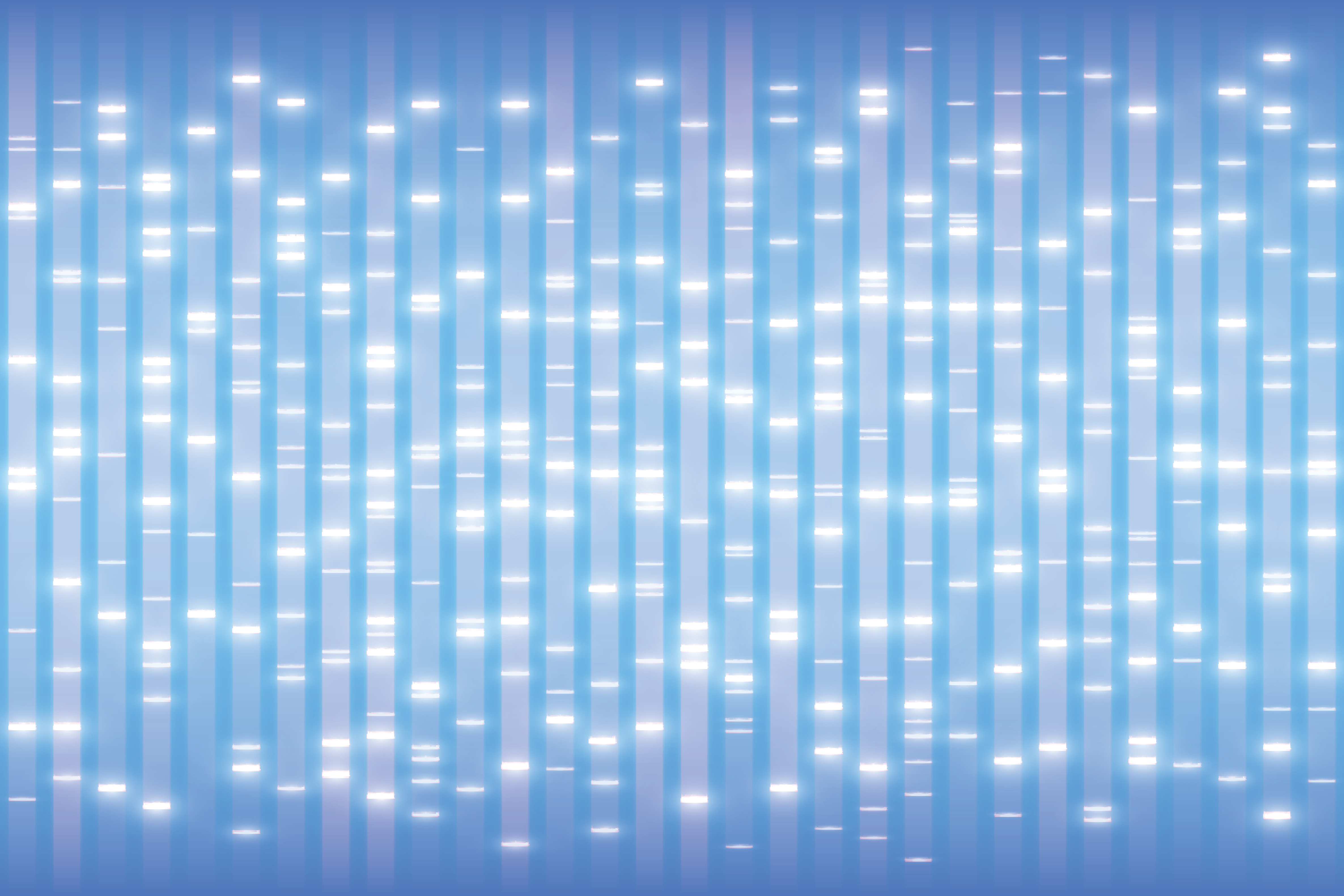It is rightly said by Ray Bradbury that “Science is nothing but investigation of a miracle” and the discovery of Agarose is no less than a miracle. Who knew that a leftover seaweed jelly prepared by an innkeeper in the 17th century would end up becoming one of the most important innovations of mankind, now called “Agarose”? This seaweed jelly is now a $97.4 million business which is projected to grow over $127.6 million by 2026. The real application of Agarose was not discovered until 1882 when Robert Koch used it as a biotechnology application for the first time. Since then Agarose has been a choice of medium for more than 100 years!
Where does it come from?
Agar is a phycocolloid that is derived from Red Algae. A colloid is an intermediate state between a solution and a suspension. Hydrocolloids are carbohydrates dissolved in water and phycocolloids are hydrocolloids that are extracted from Algae. Let us simplify this. The red algae called Rhodophyta produces agar. Agar is a sulfated galactan that produces Agarose.
Agarose is made of two monosaccharides: β-D- galactose and 3,6- anhydro-α- L- galactose which is bound by α- and β- glycosidic bonds. This bond is hydrolyzed only by two enzymes: α- agarose and β- agarose which are present only in a few microorganisms. That is why Agarose is used as a medium at such a large scale.
Agarose and Electrophoresis:
Agarose is so widely used because it is one of the few thermally gelling polymers. What makes them so important is the fact that these gels are extremely stable and formed reversibly. The colloid is inert in water and can maintain its 3D structure even in the presence of an organic solvent. The gelling temperature for Agarose is 35°C. Gel formation occurs because the melted agarose starts forming a bundle which results in the formation of a sieve-like network. Agarose is a neutral gelling heteropolysaccharide which makes it a perfect medium for the separation of negatively charged DNA and RNA. The pores in the sieve allow to separate the nucleic acids based on their size. The pore size can be controlled by the concentration of agarose, i.e. the higher the concentration, the lower the pore size.
Agarose Gel Electrophoresis is a method that exploits the neutral nature of the gel. The Gel is prepared by melting in boiling and cooling at an appropriate temperature. It is placed in a tank with anode and cathodes. The negative nucleic acids when exposed under a stable voltage start moving toward the positive end. The gel acts as a sieve and separates the DNA/RNA. This has proved to be the most efficient method to study DNA up to the size of 25kB. Agarose has also been used for protein immobilization.
Types of Agarose:
At Pipette.com, we have prepared four different kinds of Agarose based on different applications.
- Low-Melt Agarose: This kind of agarose is prepared by hydroxyethylation. It reduces the density of the bundle thus reducing the pore size. This agarose has a low gel point temperature. It is divided into three categories based on gelling strength and derivatization: (1) Low Melt (2) Super Low Melt (3) Extra Low Melt.
- High Resolution: This gel is mainly designed to separate DNA fragments smaller than 1500bp. It has a higher gel strength and minimizes the danger of cracking or breaking. It improves the pace and ease of preparing the gel and gives excellent resolution at concentrations lower than 1%.
- Molecular Screening: Often the smaller DNA fragments and other PCR products are not separated efficiently. Molecular screening agarose provides a high resolution of the smaller PCR products, and improves visibility and clarity of the gel; the higher strength of the gel allows its use in blotting.
- Rapid Separation: This agarose not only provides a rapid separation of DNA and RNA but is also helpful for screening, cloning, and blotting techniques. This is an easy dissolution and rapid gelling formulation that provides clear band visibility. It is effective for nucleic acid fractions from 250bp to 23Kb.
These agarose varieties are specially designed to cater to the needs and provide the most efficient results to our customers. Check out the link and shop today: https://www.pipette.com/PCR-Reagents-Taq-Agar


